
FREEZER BURN
Organized by Rita Ackermann
8 November - 20 December 2014
New York, 69th Street
TEXT BY DONATIEN GRAU
Hans Bellmer Lizzi Bougatsos Antoine Catala Bernadette Corporation Martin Eder Mark Gonzales Dan Graham Mike Kelley Lee Lozano Lily Ludlow Paul McCarthy Jason Rhoades Colin Snapp Daniel Turner Ian Wallace
With a Performance by Emily Sundblad and Matt Sweeney
Hauser & Wirth is pleased to present 'FREEZER BURN', a group exhibition, organized by Rita Ackermann. This exhibition draws its title from the very antithesis inherent to the making and the experience of art.
Its premise is that artists are able to live through the most intense forms of life, and to transform them into subtle and strong sensorial realities; at the same time they can expand the most limited feeling or event and turn it into a world of its own.
Viewers find in the artwork a separate space, where they are given the possibility to go through moments of contemplation and emotion whose nature is profoundly different from anything else they can be exposed to in reality. And if they are ready to be exposed, these artworks truly alter them, and they go back to the actual world with a changed mind, changed feelings. They are offered the new birth of an intensified existence.
Every artwork is a new birth for the viewer, and a promise of survival for the artist.
This intensity, the beauty and the violence of an eternally new birth merge with the hopes gained with the possibility for life to continue: art is another life, and yet it converses with human existence at large.
It is made by artists, for the sake of art, often in the physical absence of the audience, and yet humans even when invisible, are always present.
Art is a form of estrangement and yet it is the most acute awareness. It is a contradiction that nonetheless builds up coherence. It is discretion, and it is exposure.
With art, you exist on your own, and yet you are part of community, whether you are an artist or a viewer – or both at the same time. 'FREEZER BURN' brings together works from a secret community of artists, who have for a long time been engaged in discussions and collaborations, the one with the other, throughout history.
Contributors all exist as powerful creative voices, and yet they dialogue with each other. They perform the tensions of individual, collaborative and collective identity in art.
A line is drawn from one artist to the other, and it is not by chance that many drawings are included in the exhibition: the line is the link between individuals, throughout human narratives. It already existed in prehistory, and continued to be presented in the world of postmodernity and technology. The line is the sign of connection: the connection from one point to the other, from one person to the other.
It creates an image, it brings out dreams, and provides a rendering of reality.
Lines can be physical – the drawing; they can be sensorial – the feeling of existence; they can be political – the community; they can be intellectual – the understanding of the world; they can be chronological – history.
Today, there are multiple lines, which construct a network. When we do not see this network in our lives, we end up caught up in it. Sometimes we sense it, with an artwork: that is when the moment of freedom starts.
In a line, with art, you freeze and you burn. You exist, for good.
Installation views
About the Artists
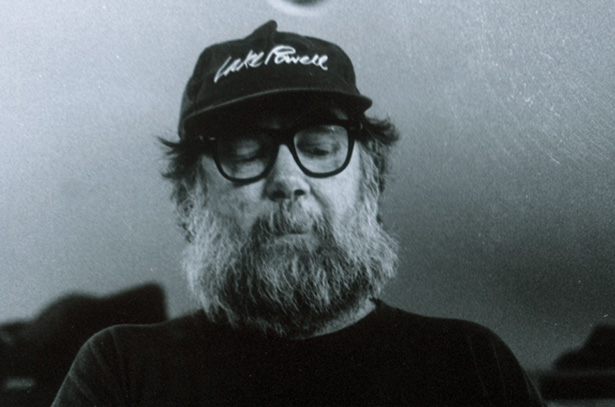
PAUL McCARTHY
Paul McCarthy is widely considered to be one of the most influential and groundbreaking contemporary American artists. Born in 1945, and raised in Salt Lake City, Utah, he first established a multi-faceted artistic practice, which sought to break the limitations of painting by using unorthodox materials such as bodily fluids and food. He has since become known for visceral, often hauntingly humorous work in a variety of mediums—from performance, photography, film and video, to sculpture, drawing and painting.
During the 1990s, he extended his practice into installations and stand-alone sculptural figures, utilizing a range of materials such as fiberglass, silicone, animatronics and inflatable vinyl. Playing on popular illusions and cultural myths, fantasy and reality collide in a delirious yet poignant exploration of the subconscious, in works that simultaneously challenge the viewer’s phenomenological expectations.
Whether absent or present, the human figure has been a constant in his work, either through the artist‘s own performances or the array of characters he creates to mix high and low culture, and provoke an analysis of our fundamental beliefs. These playfully oversized characters and objects critique the worlds from which they are drawn: Hollywood, politics, philosophy, science, art, literature, and television. McCarthy’s work, thus, locates the traumas lurking behind the stage set of the American Dream and identifies their counterparts in the art historical canon.
McCarthy earned a BFA in painting from the San Francisco Art Institute in 1969, and an MFA in multimedia, film and art from USC in 1973. For 18 years, he taught performance, video, installation, and art history in the New Genres Department at UCLA, where he influenced future generations of west coast artists and he has exhibited extensively worldwide. McCarthy’s work comprises collaborations with artist-friends such as Mike Kelley and Jason Rhoades, as well as his son Damon McCarthy.
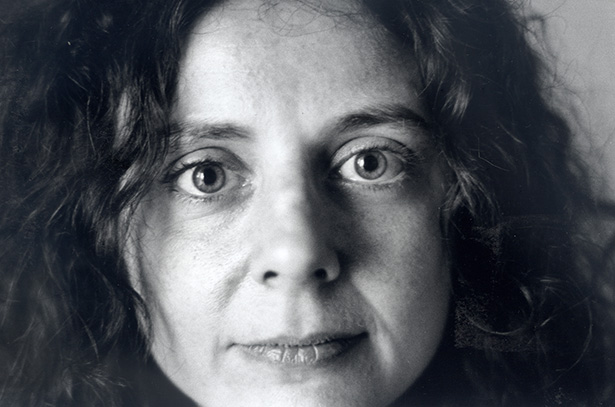
Lee Lozano
Lee Lozano’s paintings are admired for their energy, daring physicality and tirelessness in investigating the body and issues of gender. Although lauded by Lucy Lippard in 1995 as the foremost female conceptual artist of her time, Lozano had disengaged herself from the New York art world completely by the early 1970s. She left behind a body of work of striking formal breadth and complexity. Lozano fought to consolidate her artistic self in a realm void of systems, rules, and group consciousness. She pursued a wholly independent solo studio practice, which culminated in her rejection of the New York art world and a boycott of women. She first refused to attend public art world functions and withdrew from exhibitions, finally relocating to Dallas, Texas. ‘By refusing to speak to women,’ says curator Helen Molesworth, ‘she exposed the systematic and ruthless division of the world into categories of men and women. By refusing to speak to women as an artwork, she also refused the demand of capitalism for the constant production of private property… The strategy of rejection is a powerful one.’
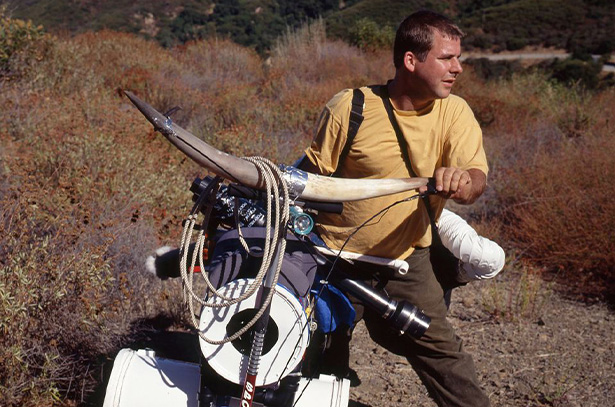
Jason Rhoades
Jason Rhoades (1965 – 2006) was a visionary artist and world builder for whom sculpture and myth were intertwined forms of construction. His epic assemblage installations established him as a force of the international art world in the 1990s, while based in Los Angeles. America was his art’s imaginative subject, which he represented with a provocative sense of irony and materialism, along with disarming humor and authentic identification.
Working on an architectural scale, Rhoades created immersive environmental sculptures that deployed copious quantities of consumer goods (Q-tips, computers, knickknacks), building supplies (plastic buckets, Sheetrock, extension cords), media (video games, hip-hop music, porn) and neon light. Imbued with a barely contained sense of chaos, these works are also highly crafted and surprisingly formal in their composition. Pattern, order, information networks, narrative threads, color and line give shape to Rhoades’ installations as diagrammatic depictions and systems of meaning. He considered art a tool for pursuing life’s big questions and dedicated major works to exploring the act of creation as signified by a garage, the brain, Brancusi’s studio and a penis, among other metaphorical sites. The car was also instrumental to Rhoades’ project as a readymade sculpture, as a conceptual space akin to the studio and as a vehicle for the driving ambition he held for his art. 'If you know my work', he said, 'you know that it is never finished'.
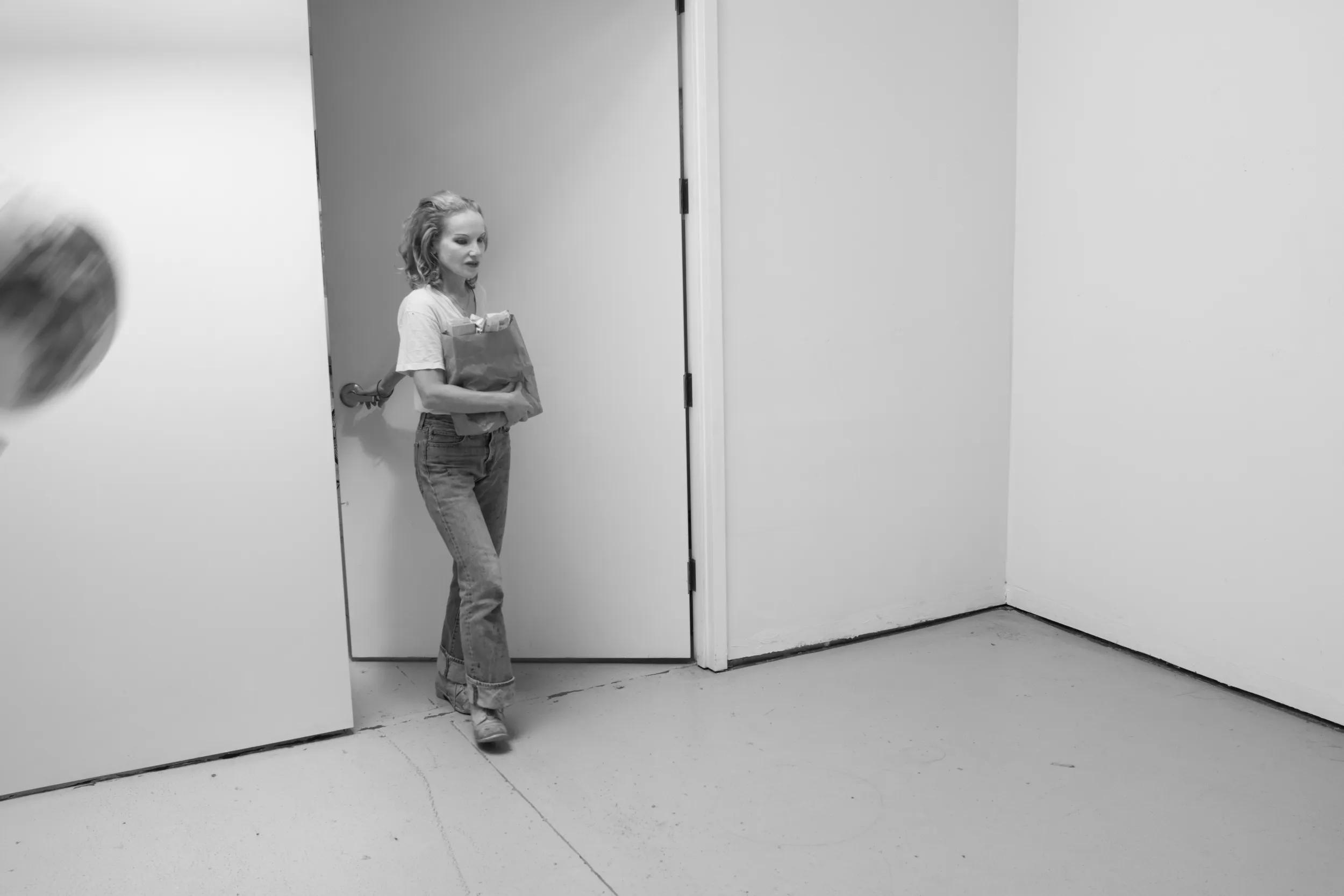
Rita Ackermann
Rita Ackermann (b. 1968, Budapest, Hungary) immigrated from Hungary to New York in 1992, where a formative body of work positioned her within the cultural zeitgeist of the city. At the outset of her early career, a breakthrough series of paintings—composed of bold contour lines and semi-transparent bodies—anticipated aesthetic and technological shifts that have proven remarkably timeless.
Though Ackermann’s works may be recursive, they are anchored by improvisation, disruption, and formal negation—the protein of her aesthetic. These elements were shaped in part by her engagement with cinema, particularly the films of Jean-Luc Godard and the theories of Paul Virilio, who viewed perception as structured by montage and fragmentation.
Ackermann’s paintings continue to bear the imprint of visual phenomena—not only in their subject, but in their structure. Images operate cryptically, fractured and charged with interior volatility. Their continual appearance and disappearance suggest that suspension, rather than development, is central to her method. The upshot has been a sustained visual practice that subtly confronts the tensions of the present.
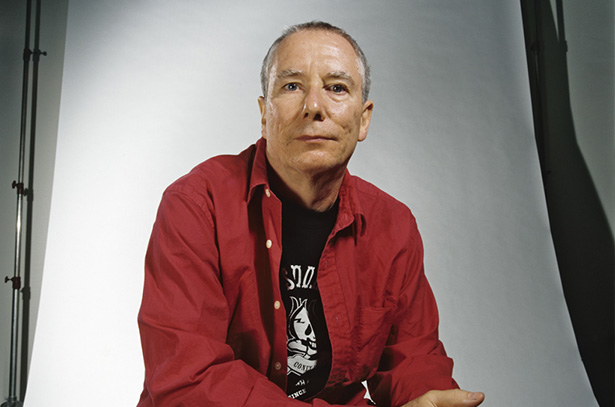
Mike Kelley
Mike Kelley is widely considered one of the most influential artists of our time. Originally from a suburb outside of Detroit, Kelley attended the University of Michigan, Ann Arbor, before moving to Southern California in 1976 to study at California Institute of the Arts from which he received an MFA in 1978. The city of Los Angeles became his adopted home and the site of his prolific art practice. In much of his work, Kelley drew from a wide spectrum of high and low culture, and was known to scour flea markets for America’s cast-offs and leftovers. Mining the banal objects of everyday life, Kelley elevated these materials to question and dismantle Western conceptions of contemporary art and culture.
Starting out in the late 1970s, Kelley became known for performance and installation based works; he came to prominence in the 1980s with a series of sculptures composed of common craft materials and stuffed animals. His work later widened in scope and physical scale, exemplified by ‘Educational Complex’ (1995), the ‘Kandors’ series (1999 – 2011), ‘Extracurricular Activity Projective Reconstruction’ series (2000 – 2011), and the posthumously completed public work ‘Mobile Homestead’ (2006 – 2013). These projects invoked a vast range of media and forms, illustrating the artist's versatility and underscored a number of Kelley's recurrent themes, such as repressed memory, sexuality, adolescence, class, and Americana, which were central to his artistic praxis. Throughout his career, Kelley also worked on curatorial projects, collaborated with many artists and musicians, and produced a formidable body of critical and creative writing.
Current Exhibitions
1 / 9

































